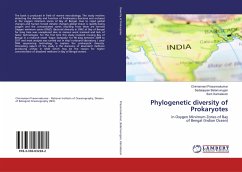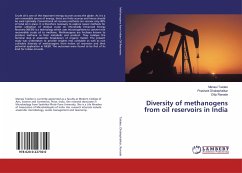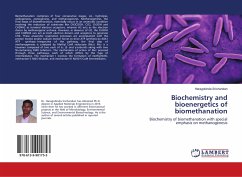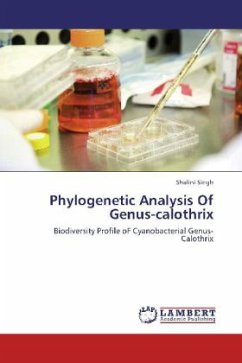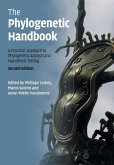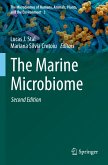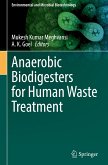The book is produced in field of marine microbiology. The study involves detecting the diversity and function of Prokaryotes (bacteria and archaea) in the oxygen minimum zones of Bay of Bengal. Due to rapid global changes and human forced climatic changes global Ocean is rapidly losing oxygen and the concentrated zones resulting from them are termed Oxygen minimum zones (OMZ). Bacterial diversity in OMZ of Bay of Bengal for long time was unexplored due to manual work involved and lack of faster technologies. For the first time this study involved cruising Bay of Bengal in a research vessel 'Sagar Sampada' for 90 days between 2009 to 2011 and most analysis was carried out in ship's onboard laboratory. I used DNA sequencing technology to explore the prokaryotic diversity. Interesting aspect of the study is the discovery of abundant methane producing archae in OMZ which may be the reason for higher concentration of dissolved methane in Bay of Bengal waters.
Bitte wählen Sie Ihr Anliegen aus.
Rechnungen
Retourenschein anfordern
Bestellstatus
Storno

